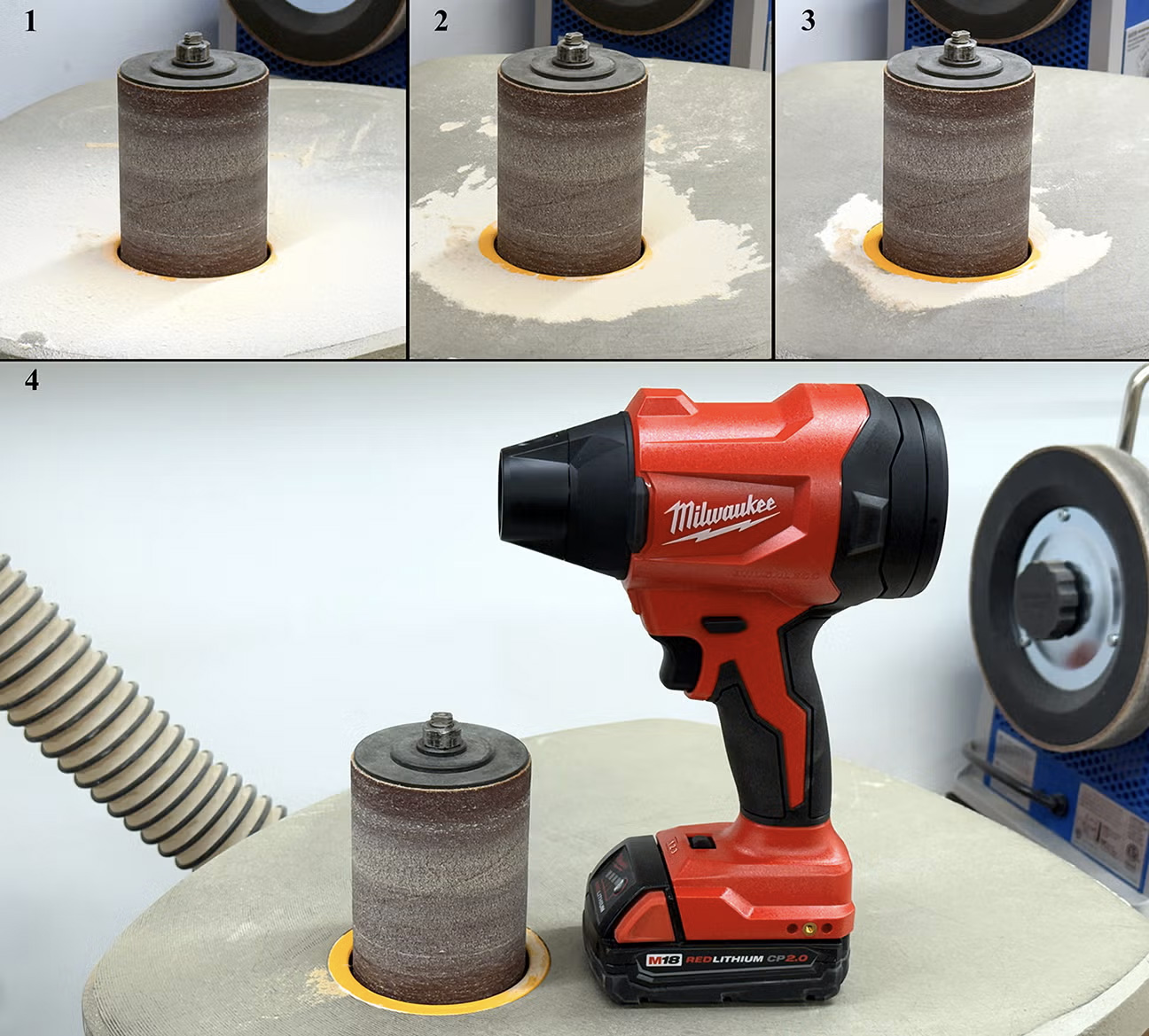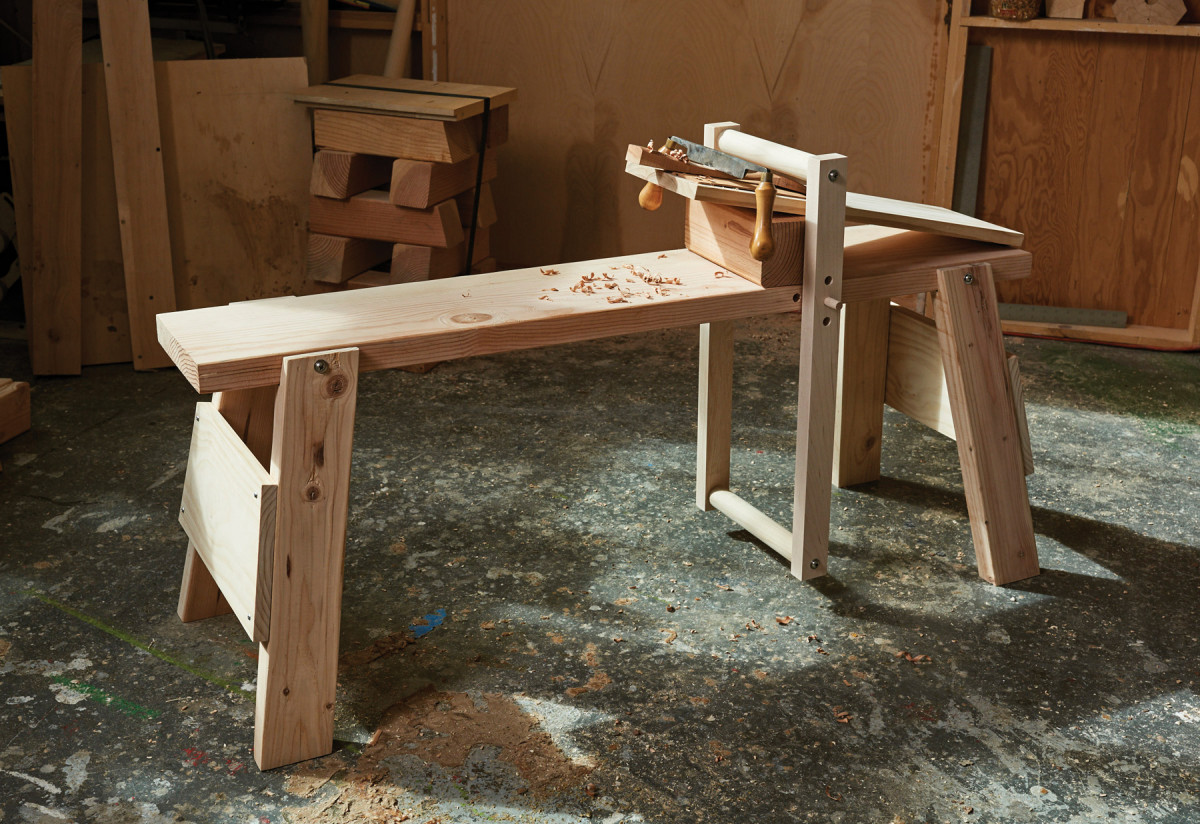We may receive a commission when you use our affiliate links. However, this does not impact our recommendations.
“For me, furniture design is mostly about problem-solving.” –Marc Spagnuolo, The Wood Whisperer
Let’s say you have a good shop to work in – including a solid workbench or other reasonable workholding strategy – as well as some woodworking knowledge and a budget for lumber. You really want to design your own furniture and start building it, and you even have a few imaginative concepts and sketches on paper, but something is holding you back.
A lot of woodworkers find themselves in that type of holding pattern as they get geared up for projects. I caught up with Marc Spagnuolo this week to ask how he has dealt with furniture design challenges throughout his career, and to see if he had any advice for our community. Here’s what Marc had to say:
While I try to create beautiful works, most times I’m simply trying to satisfy a particular need while making the most visually pleasing form I can. Unfortunately, my mind sometimes conceives of ideas that I can’t necessarily bring to life in the shop. Sometimes it’s nothing more than a lack of skill or knowledge in a particular area. We all have those barriers, right? But other times, it comes down to tooling. In recent years, I found that the more I strategically integrate hand tools in my work, the fewer barriers I confront when working on new designs. Working on large, unruly or awkwardly shaped project parts is much less of an issue when you know how to wield a plane and a chisel and you don’t have to rely on fences and guides.
For Marc, as for most woodworkers in the modern era, adapting his tool kit for design dilemmas has often meant gaining more hand tool knowledge. But it can just as easily be the other way around. If your current tool kit is smaller and more old-fashioned, you may find yourself needing to gain more power tool or machinery knowledge in order to surmount particular design challenges.
So if you want to design your own furniture and complete the projects you are imagining, it’s worth visualizing how your tools – power and hand – will be used from one step to the next. By performing that visualization during the design stages, you’ll be able to solve many of the building problems in advance. You may also surprise yourself and think of a couple new design features that you can incorporate into the project based on your plans for tool usage.

You may be inspired to design your own bed after reading about Marc’s beautiful work on this platform model.
If you aren’t quite ready to design your own furniture, I recommend Marc’s new book, “Hybrid Woodworking,” for the furniture projects it contains and the tool knowledge it details. You’ll be able to get started quickly with the hybrid approach to furniture-making. You can follow along with The Wood Whisperer himself as he discusses pieces such as his Greene & Greene Adirondack Chair and the Platform Bed (pictured at left). Who knows, maybe you’ll end up wanting to design your own bed!
About the initial response from book readers, Marc says, “Thankfully, it looks like the book has hit the mark for the folks who have read it so far. We couldn’t be happier with the response. It was a lot of hard work, but it seems the effort was well worth it.”
Tell Marc what you think of the hybrid approach, and his new book, in the comments below!
–Dan Farnbach
Here are some supplies and tools we find essential in our everyday work around the shop. We may receive a commission from sales referred by our links; however, we have carefully selected these products for their usefulness and quality.













New label, same old craft.